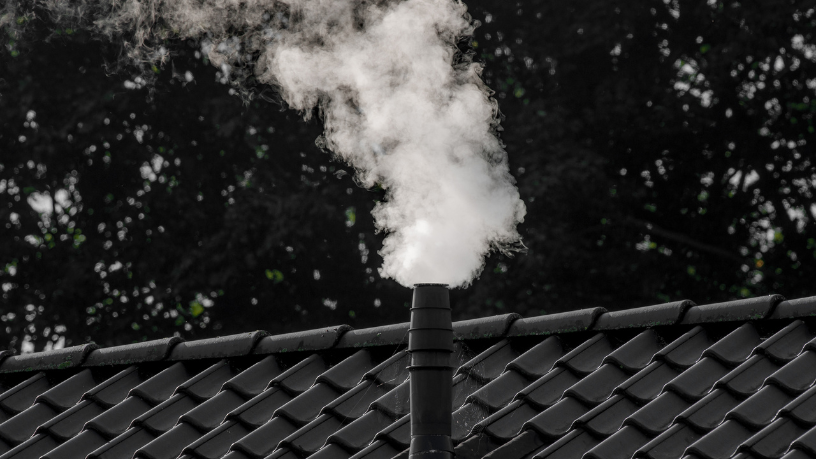The future of the Catholic Church is in focus in 2025 with the election of a new pope, an event that marks a historic transition for the ancient institution. White smoke billowing over the Sistine Chapel announced the selection of Pope Francis’ successor, drawing millions of faithful and observers to St. Peter’s Square. This conclave, the most diverse in history, reflects significant changes in the College of Cardinals, with representatives from previously voiceless nations. The future of the Catholic Church will depend on the decisions of the new pontiff, who will face challenges such as secularism, cultural diversity, and modern ethical issues. This article explores the impact of this election and what it means for the future of the Catholic Church. Follow the changes that will shape global spiritual leadership.
The 2025 papal election is a milestone for the future of the Catholic Church, highlighting the evolution of the process of choosing a pope. The conclave, held in the Sistine Chapel, brings together cardinals from around the world, isolated to deliberate in secret until a two-thirds majority is reached. White smoke, signaling the election of a new pope, concluded days of intense voting. This process, rooted in centuries of tradition, has been modernized by Pope Francis, who has diversified the college with cardinals from countries such as Haiti and Malaysia. The future of the Catholic Church reflects this openness, with a leader who will represent a more global Church.
The election reinforces the importance of the conclave in defining the direction of the faith. The role of the new pope will be pivotal to the future of the Catholic Church, especially in a world marked by rapid social and technological change. The pontiff is expected to address issues such as the inclusion of minorities, interreligious dialogue and responding to climate crises. The choice of the papal name, announced from the balcony of St. Peter’s Basilica, can signal the new leader’s priorities. For example, a name like John Paul could indicate continuity, while a new name suggests innovation. The future of the Catholic Church will depend on the pope’s ability to unite the faithful amid divisions. His first public appearance will set the tone for his pontificate.
The diversity of the 2025 conclave is central to the future of the Catholic Church, reflecting the globalization of the faith. With nearly two dozen cardinals from emerging nations, the college represents a Church that is less centered on Europe. This shift, driven by Francis, ensures that voices from regions such as Africa and Asia will have weight in the selection of the pope. The future of the Catholic Church will be shaped by this plurality, which requires a leader capable of navigating different cultures and traditions. The 2025 election highlights the importance of an inclusive Church, connected to the realities of its 1.3 billion faithful.
The rituals of the conclave, such as the white smoke and the bells of the Basilica, are powerful symbols that reinforce the future of the Catholic Church as an institution of continuity and renewal. After the election, the new pope enters the Hall of Tears to don his papal vestments, a moment of reflection before presenting himself to the world. Every detail, from the choice of vestments to the speech on the balcony, is watched by the faithful and analysts. The future of the Catholic Church comes to life in these moments, as the new leader assumes his role as spiritual guide. These rituals connect the past with the present, projecting the mission of the Church.
The challenges faced by the new pope will be crucial for the future of the Catholic Church, especially in a context of global polarization. Issues such as the ordination of women, clerical celibacy and the approach to the LGBTQ+ community are at the center of the debates. The pontiff will need to balance tradition with modernization, while maintaining the unity of the Church. In addition, the influence of the Church in regions where Catholicism is in decline, such as Europe, will be tested. The future of the Catholic Church depends on a leader who can inspire confidence and promote dialogue. The ability to respond to these questions will define the legacy of the new pope.
The media coverage of the papal election highlights the relevance of the future of the Catholic Church to the world. Millions followed the live updates, from the black smoke indicating a failed vote to the white smoke that sparked celebrations. The presence of journalists and the faithful in St. Peter’s Square reinforced the global impact of the event. Digital platforms and social media amplified the discussions, connecting Catholics and non-Catholics. The future of the Catholic Church is shaped not only by the cardinals, but also by the public perception of their leadership. Transparency in communication will be essential to engage new generations.
Ultimately, the future of the Catholic Church in 2025 will depend on the new pope’s ability to inspire and lead in times of change. The election, concluded in two days, suggests a strong consensus among the cardinals, but the real test will be the implementation of the pontiff’s vision. Maintaining the relevance of the Church in a ecularized world demands innovation without losing the essence of faith. The future of the Catholic Church lies in the hands of a leader who must unite tradition and progress, guiding the faithful toward a future of hope. This historic moment opens new possibilities for the global Church.
Author: Vania Quimmer





